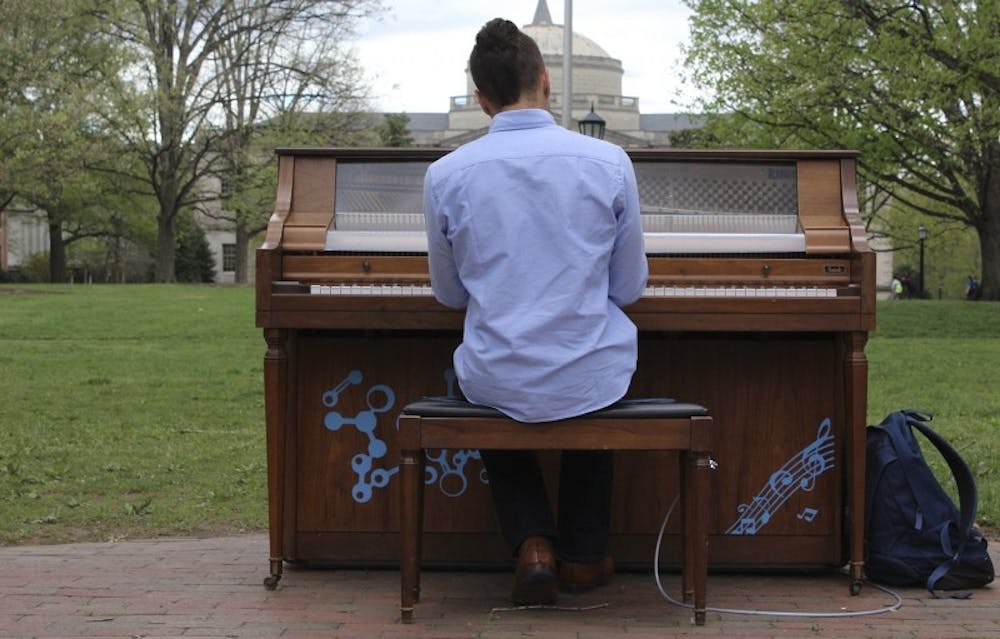Arts initiatives like Arts Everywhere are creating a public platform for the arts at UNC, integrating them into campus life through new events, performances and installations of public art. But despite this visible appreciation for the arts, there are still signs of internal neglect.
In October 2017, UNC launched the Campaign for Carolina, a fundraising campaign with an ambitious goal of raising $4.25 billion by the end of 2022. Arts Everywhere, established in 2016, was taken under its wing and became one of the campaign’s signature initiatives. One of the initiative’s stated goals is to prioritize funding for the arts and Ackland Art Museum.
Rachel Ash, associate director of Arts Everywhere, said she hopes that through this and other initiatives, the arts can become an even more fundamental part of the University and campus life.
“We’re trying to elevate all of the arts on campus. So, whether it’s the development of a new app where all the departments can share what they’re doing, or our website, or collaborations we’re doing that are furthering teaching and research, that’s certainly a big part of the initiative’s mission," she said.
Elizabeth Manekin, head of university programs and academic projects at the Ackland Art Museum, said she thinks UNC puts an appropriate amount of stock in the arts and is heavily invested in their future at the University.
“I think the Ackland is doing a great job of engaging with the University,” she said. “Of course, my perspective is perhaps different from a faculty member within a traditional academic department, but from where I sit I think the arts are certainly valued and I think that that’s a good thing.”
Cary Levine, associate professor of art history, said while he and the UNC Art Department are fully supportive of public arts projects and initiatives like Arts Everywhere, from a financial standpoint, the arts and humanities are struggling at UNC.
“Our budgets are being cut, we can’t hire enough faculty, we can’t recruit graduate students efficiently and our facilities are often in disrepair,” he said. “So there’s a little bit of frustration there, where we want to support and we do support these more public-facing initiatives, but at the same time, it seems sometimes that the attention or support isn’t supplied to the actual art department.”
Levine said arts initiatives should not stop with public art, events and performances, but should also be active in confronting ways that the arts and humanities are neglected internally.



